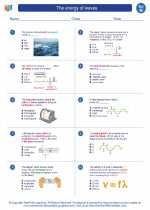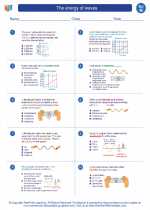Celestial Bodies
Celestial bodies are objects in space, including stars, planets, moons, asteroids, comets, and other objects that are bound together by gravity. These objects are part of the universe and can be observed from Earth.
Types of Celestial Bodies:
- Stars: These are massive, luminous spheres of plasma held together by gravity. They produce light and heat through nuclear fusion.
- Planets: Planets are large celestial bodies that orbit around a star. They do not produce light of their own but reflect the light of the star they orbit.
- Moons: Moons are natural satellites that orbit around planets. They can be rocky or icy and often have unique surface features.
- Asteroids: Asteroids are small, rocky objects that orbit the Sun. They are remnants from the early formation of the solar system.
- Comets: Comets are icy bodies that orbit the Sun and develop a glowing coma and sometimes a tail as they approach the Sun.
Studying Celestial Bodies:
To understand celestial bodies, it's important to study key concepts such as:
- Gravity: The force that holds celestial bodies in orbit and governs their motion.
- Formation and Evolution: How celestial bodies are formed and how they change over time.
- Composition: The materials and elements that make up celestial bodies.
- Observation and Exploration: Techniques for observing celestial bodies from Earth and through space missions.
Key Questions to Consider:
As you study celestial bodies, consider the following questions:
- What are the different types of celestial bodies and how do they differ in terms of composition and behavior?
- How do celestial bodies interact with each other through gravitational forces?
- What are the processes involved in the formation and evolution of celestial bodies?
- What are the methods and technologies used to observe and study celestial bodies?
By exploring these questions, you can gain a deeper understanding of the fascinating world of celestial bodies and the forces that shape our universe.
.





